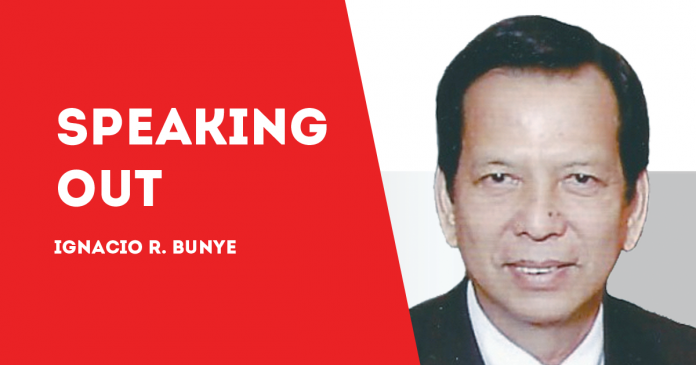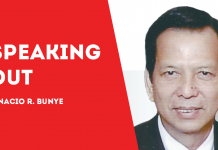
A FRONT page photo last week of President BBM planting a bamboo tree in a former landfill in San Mateo, Rizal was enough to make reader Rody Pelayo ecstatic. “Kakampi na natin si President Bongbong sa ating bamboo advocacy.” A retired agricultural engineer, Pelayo heads a group called Bamboo Connect Philippines, which advocates the replanting of five million hectares of denuded areas with bamboo.
Why bamboo? “Bamboo is pro-environment as it absorbs more carbon dioxide than ordinary trees. It is sustainable because it multiplies exponentially even when harvested,” Pelayo said. “It can provide a bamboo farmer a steady income of approximately P100,000 per hectare, starting the fifth year. Bamboo can be productive for at least 50 years.” And if I may kibitz, the bamboo is also impervious to typhoons.
A website “Guadua Bamboo”, enumerates the advantages of bamboo over other trees, as follows:
* Rapid Growth – Fastest growing plant on earth. Some species can grow more than 1 meter per day. No other plant grows faster.
* Renewable Resource – provides an endless supply of timber.
* Clean Air – Bamboo produces more oxygen than trees.
* Carbon Sequestration – Mentioned above
* Water Conservation – Bamboo acts as a reservoir by collecting and storing large amounts of water in its rhizomes and stems during rainy reason, and returning water to the soil, rivers and streams during droughts.
* Soil Conservation – A great tool for soil protection due to its rapid growth, permanent canopy and huge network of roots and rhizomes.
* Biodiversity Conservation – Bamboo is an important part of a biodiverse ecosystem. Many animals rely on bamboo for food and shelter.
* Bioenergy – Bamboo is a sustainable energy source that produces 1 KWH of electricity from 1.2 kg of bamboo. This is similar to the biomass requirements for wood products but outperforms other types of biomass sources.
* Versatility – Bamboo can replace wood in almost any application, ranging from paper and pulp products, flooring, musical instruments, furniture and construction materials.
According to published reports, the DENR is targeting 11,631 hectares of enhanced national greening sites in 2023 – a paltry area compared to the scale envisioned by Pelayo. But we have to start somewhere.
Echoing the sentiment of other bamboo advocates, Pelayo said “the best time to plant bamboo was five years ago. The second best time to plant bamboo is today.”
Decongesting our prisons
On September 13, the Bureau of Corrections freed 371 persons deprived of liberty (PDL) to coincide with the 65th birthday celebration of President BBM. The release, according to DOJ, would be followed by similar releases every month thereafter all the way to December. The effect would be a decongestion, albeit slight, of our overcrowded prisons.
Our prisons are one of the most overcrowded in this part of the region. The Bilibid Prison in Muntinlupa has approximately 30,000 PDLs, way above the ideal capacity of only 6,500 or a congestion rate of 344 percent. A slightly lower congestion rate of 303 percent is reported in BUCOR’s six operating prisons and penal farms. One can only imagine the deplorable conditions suffered by 4 PDLs being packed in an ill-ventilated, smelly jail space designed for one.
Thus, the proposed regular and timely release of PDLs is a welcome move. PDLs should not be made to suffer in prison one day longer than necessary. I propose digitizing prison records to speed up the process. Digitizing 30,000 prison records would be no sweat for a competent service provider. A PDL’s record (“carpeta”) would be programmed like a bank time deposit with a fixed maturity, computed less expected good conduct time allowance. On maturity date, the PDL is automatically released.
Another means to decongest the prisons has already been suggested by Justice Secretary Jesus Crispin Remulla. Add more regional prisons and penal farms to the current six. The proposal hits two birds with one stone. PDLs need not be uprooted away from their families. In Muntinlupa, cases abound of PDLs who have not been visited by loved ones during their entire confinement because of the distance and the cost involved. If I may add my two cents, well-to-do provinces should also be requested to upgrade their existing facilities or establish new ones./PN

